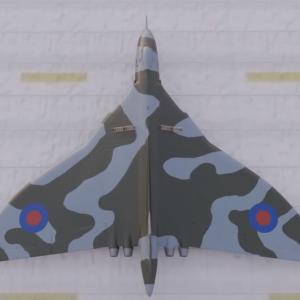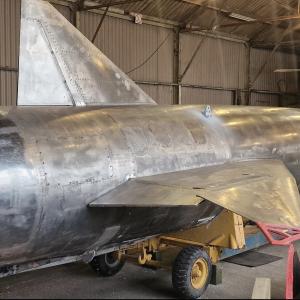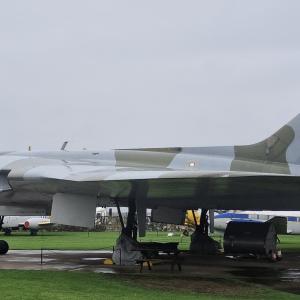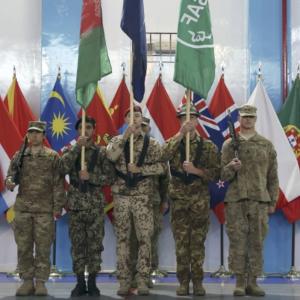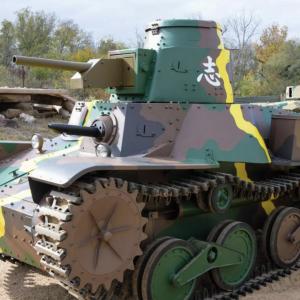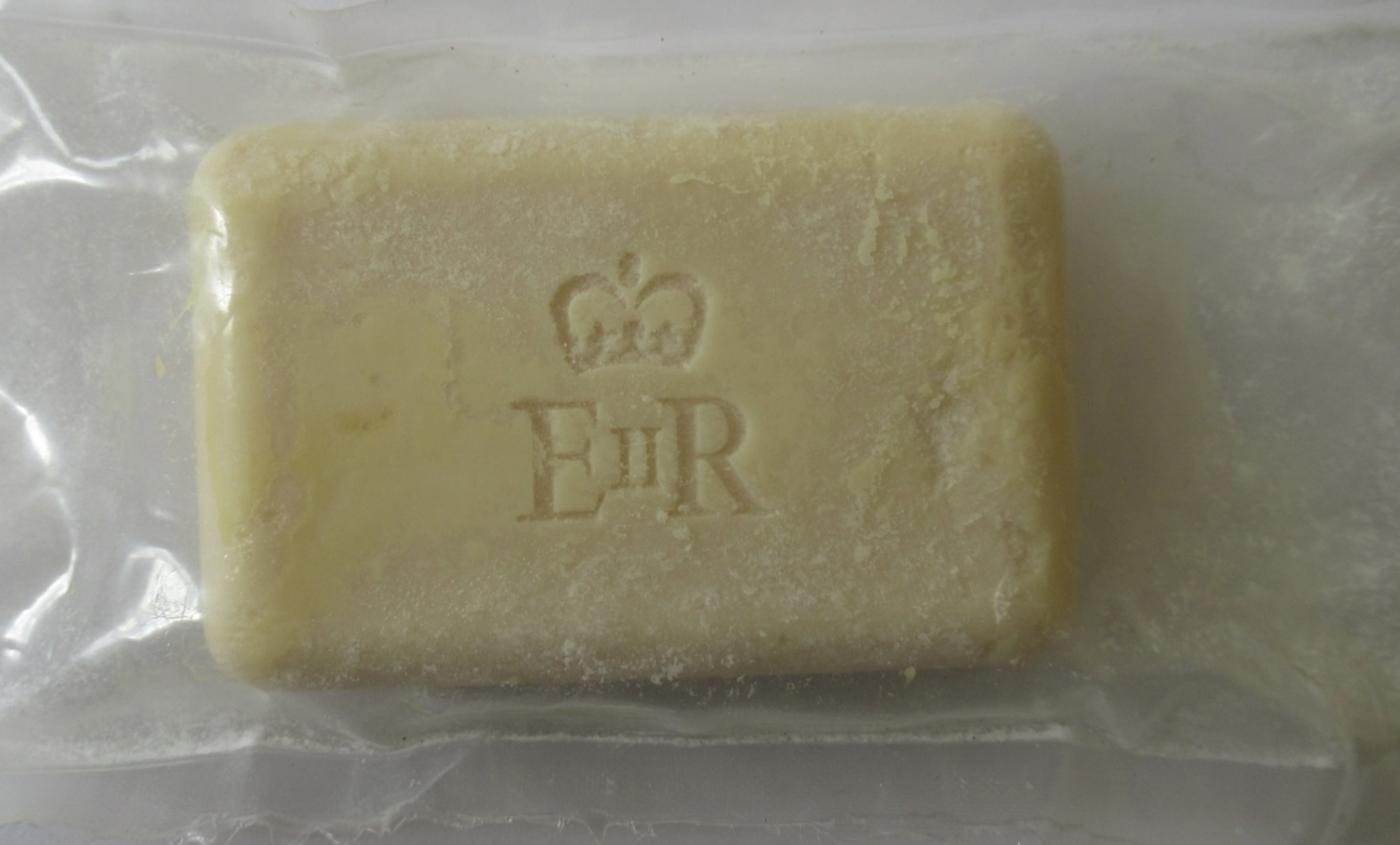
British military soap
During World War II, soap was more than just a hygiene item—it was a small piece of comfort in the harsh and often dirty reality of military life. British military-issued soap was a common, practical part of a soldier's kit, issued by the War Office and manufactured by several well-known British soapmakers working under government contract. Companies like Lever Brothers, Cussons, and Pear’s Soap, all of which had established reputations in the pre-war civilian market, were tasked with shifting their production lines to support the war effort. Luxury and branding were stripped away, replaced by standardization and function.
The bars of soap themselves were small, plain, and rectangular, molded to be easily packed into a soldier’s kitbag. They were usually off-white, beige, or brown in color, and some bore simple imprints such as "WD" for War Department or "Army Issue." Packaging was minimal—often wrapped in coarse paper or supplied loose in cardboard boxes—designed to be economical and easy to distribute in large quantities. Fragrance, if present at all, was very faint. Most bars had a neutral, somewhat greasy scent, likely due to the use of tallow (rendered animal fat), a common soap ingredient at the time. The smell wasn’t pleasant, but it was familiar, and for many soldiers, that familiarity was comforting.
The soap was multipurpose by necessity. Soldiers used it for washing their hands and bodies in field conditions, often with cold water or in makeshift wash basins. It also served as shaving soap—lathered up with a brush or by hand—and was used to scrub uniforms and undergarments when no other supplies were available. Some soldiers even used it to clean rifles or boots when proper materials weren’t at hand. Its strong, abrasive qualities made it effective but also harsh on skin. Soldiers commonly suffered from dry hands or rashes, especially during the cold months or in desert campaigns.
In battle zones and remote outposts, where access to supplies was limited, a single bar of soap might have to last for weeks. Soldiers sometimes cut their bars in half to make them last longer or traded part of them with comrades who had run out. Military soap became a valuable commodity, especially in occupied countries or among local civilians. British troops in Europe and North Africa often found that a simple bar of soap could be exchanged for food, drink, or information, highlighting just how rare such items had become outside the military supply chain.
Back in Britain, soap was heavily rationed due to shortages of fat and other raw materials. Civilians were issued coupons to obtain even basic personal care items. The Ministry of Food oversaw strict limits on civilian soap use, and many families had to make do with homemade or poor-quality substitutes. Soldiers returning home on leave would sometimes bring extra bars of military soap as gifts, and though it was harsh, it was still appreciated.
There were also psychological dimensions to the soap. In the chaos and grime of war, a bar of soap could offer a moment of normality and routine. Cleaning up—even briefly—helped soldiers feel human again. After long marches, days in muddy trenches, or nights in foxholes, even a quick wash with cold water and rough military soap could provide a fleeting sense of control in an otherwise unpredictable environment.
Today, surviving examples of British WWII military soap are rare but occasionally found among collectors of military memorabilia. Often discolored and crumbling with age, they are humble reminders of the daily realities faced by soldiers during one of the most difficult periods in modern history. They serve not only as artifacts of logistical ingenuity and industrial wartime production but also as quiet symbols of endurance, resilience, and the deeply human desire to maintain dignity even in the darkest of times.

